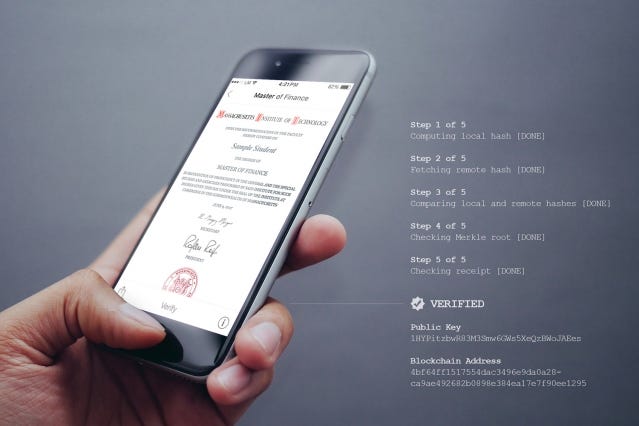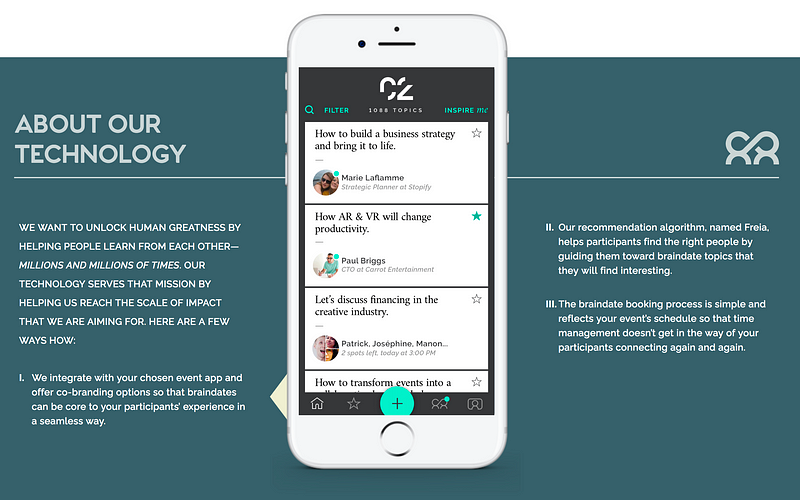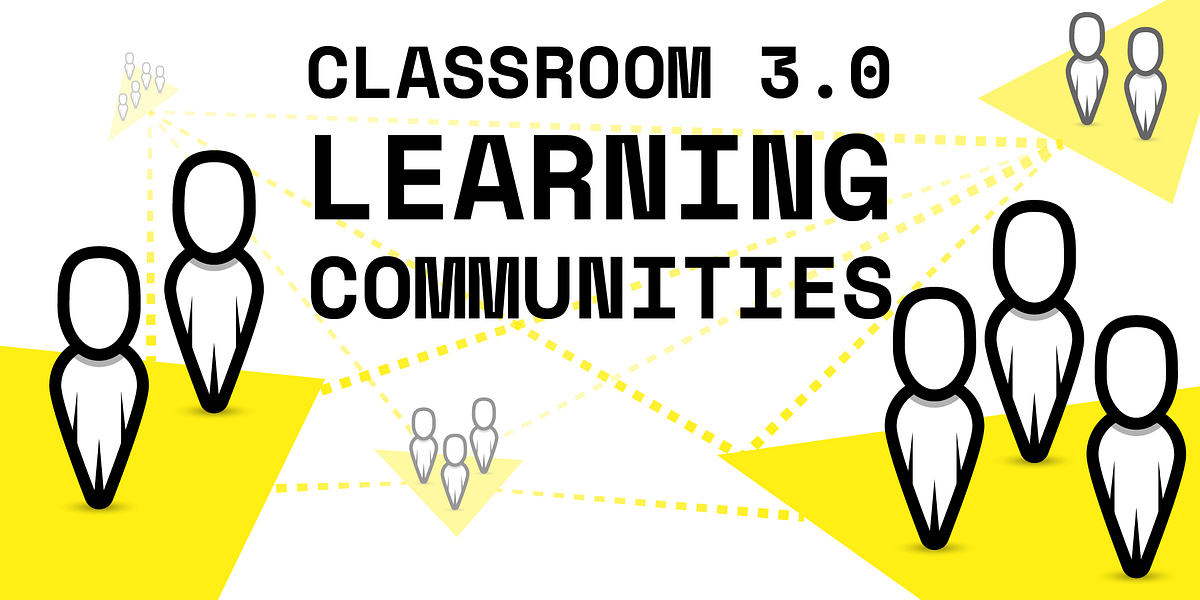MOOCs (Massive Open Online Courses) like Udacity or Coursera have liberated lectures from the confines of the lecture hall, but that alone isn’t enough to revolutionize education. Think of online lectures as Classroom 2.0: it was the dawn of the internet, every individual had access to information, and as a result Classroom 2.0 was built around individuals learning what they need at their own pace.
Today, the promises of specialization and information access are all on the brink of massive change as automation and robotics place our emotional intelligence and creativity as the primary focus. More effective uses of tech are in order to truly engage students at the right level required to build their ability to learn.
This is not to say institutions aren’t using technology. In fact, the marriage between digital tools and in-person methods in schools is referred to as “blended learning”. Put simply, online media is combined with traditional classroom methods, that require the involvement of a teacher.
From the research we’ve been conducting here at District 3, we’ve found that most educators agree that human-to-human teaching is the best form, but that technology should be used to enable better discussion in the real world. People still pay hundreds of thousands of dollars to go to top-tier schools, not because of the lectures, but because of the networks they can potentially develop. As such, we should imagine the future of learning spaces as communities of people facilitated by technology that makes appropriate connections to both challenge and support the individual. Rather than simply delivering information, technology should be far more proactive in ensuring that real-world interactions are happening amongst learners.
Enter Classroom 3.0: Decentralized Blended Learning Communities
Imagine tools that analyze the community members and pair up people who can help each other, and carefully group people that will oppose and challenge each other. Tech works best when it brings out the best in us and alleviates our biases. In that sense, we don’t need digital lecturers, we need digital connectors and mediators. That will be Classroom 3.0.
The word community is highly important because the need for a formal instructor should be seen as more of a luxury than a requirement. Different people in these new decentralized blended learning communities (DBLCs) can appoint themselves, or be appointed by an AI, as instructors depending on the topic. Using tech that exists today like the OpenBadges by Mozilla, we can ensure that the person instructing at a specific moment is actually sufficiently skilled and knowledgeable in their area to do so.
Another concept that was conceived and launched at SXSWEdu in 2016 is Learning is Earning. Here they envisioned a system using a new tech “The Ledger” which logs all the learning moments people have, broken up into hourly units called “Edublocks”. If the terminology sounds familiar, it’s because it is quite literally a blockchain.
The blockchain can be very powerful in such learning communities. With no physical building and paper representing the accreditation, a system like Learning is Earning with the Edublocks can help make sure that people are getting value for being a part of their DBLC. The OpenBadges can be put on a blockchain to make sure that people aren’t forging them, and universities like MIT have already piloted degrees on the blockchain using an open source system called Blockcerts. Another use of blockchain for university degrees happened in Greece using a system called Cardano.

Nudging the community members
Nudging the community members to work together will be an essential task to get a rich learning experience. Many workplaces have already realized the importance of cross-pollination across their departments, and many schools are scrambling to get their faculties to work more closely together.
Using simple existing tools, there are a few ways that could help with this. Slack is an excellent tool to make sure that big, messy communities can organize themselves by topics. However, the most powerful part of slack has always been the extensions and APIs. This simple addition is what made Slack go from just another workplace chat tool, to a startup favourite that is now working its way into hundreds of corporations.
A bot for Slack called Donut does random pairings with people at work for small coffee breaks together. With a little more data about the individuals in the DBLC, perhaps paired with the OpenBadges on the blockchain, something like Donut could put people with different levels in the same skill together to help a member grow.
These online chat environments are currently being used to reduce student apathy in the classroom. It’s very common for a Slack channel to die out over time and become completely silent, particularly when it’s implemented in a community and not in a company. A group in Norway called EdTech Foundry, has built Differ to alleviate this problem in schools by stimulating the online discussion with a bot that asks the students provocative questions so that they can converse and debate with each other.
Finally, companies like e180 have already started looking at adult learning outside of formal environments with their Braindate app at events. It allows people to see who is at an event, not by company name or position, but by topics of interest or discussion titles. The app will then help the pair choose a time and location to have a conversation about the topic at hand.

Balancing with online-only interactions
As much as in-person contact is preferred, sometimes this is just not possible. This is where massive simultaneous online social communities (MSOC) come into play. These are the opposite of the
MOOCs which allow students to browse any content at any time of the day and at any pace. MSOCs are simultaneous because they require all the people participating to be online and interacting at the same time. Think of the hot new iOS game HQ Trivia with it’s twice a day live event, where a talkshow host comes online and provides the players with a quiz. HQ Trivia was so popular, it attracted 200,000 viewers per session in the first week of December 2017. The simultaneous interactions have been growing slowly, facilitated by tools like House Party, and Facebook testing Bonfire in its messaging applications.
MIT has even developed a tool called the Unhangout which can be used to have conference-like group calls that can periodically broken up into smaller breakout chatrooms and then brought back together for a main speaker.
As we edge closer to having these technologies become widespread, we can see how people can start to form learning groups quite easily. Schools and formal learning environments will continue to exist of course, but their purpose will be something else altogether. They may become luxury learning services or they might have to create decentralized franchising models like TED and TEDx but facilitated with their own blend of learning tools.
The most important part of the decentralized blended learning communities is the humans within them and the intentional stimulation of human-to-human interactions. Humans grow best when they’re not alone, and we should give people the right tools and moments for them to form high quality connections with others so they can gain insight, knowledge, and skills without the need for a formal learning environment.
